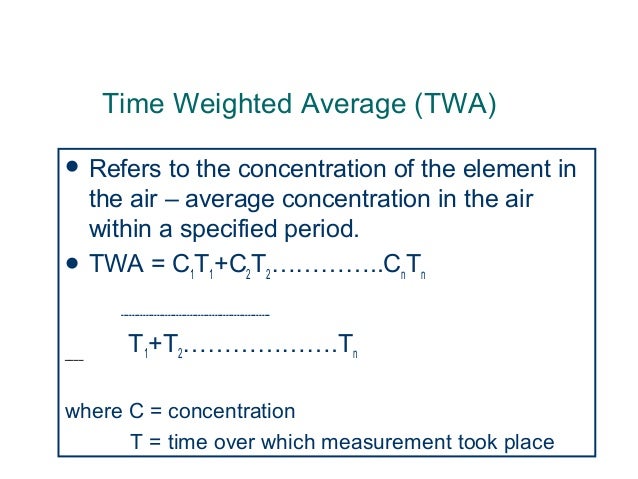APF is known as assigned protection factors. Respirator allows person into area where OEL is exceeded. Extent above OEL is determined by by APF and MUC. MUC stands for maximum use concentration. In more extensive terms, APF means the workplace level of respiratory protection that a respirator or class of respirators is expected to provide to employees when the employer implements a continuing, effective respiratory protection program. MUC is the maximum atmospheric concentration of a hazardous substance from which an employee can be expected to be protected when wearing a respirator, and is determined by the assigned protection factor of the respirator or class of respirators and the exposure limit of the hazardous substance. The MUC usually can be determined mathematically by multiplying the assigned protection factor specified for a respirator by the permissible exposure limit (PEL), short-term exposure limit, ceiling limit, peak limit, or any other exposure limit used for the hazardous substance. (osha.gov)

Chemical protective clothing is an essential part of safety in the workplace. Clothing is the last line of defense for protecting the skin, high care must be taken to ensure it provides the protection expected. Penetration is know as when a chemical leaks through seams, pinholes and other imperfections in the material. This differs from permeation. Permeation rate is the rate at which the chemical will move through the material. It is measured in a laboratory and is expressed in units like milligrams per square meter per second. The higher the permeation rate, the faster the chemical will move through the material. Lastly, degradation is a measurement of the physical deterioration of the material due to contact with a chemical. The material may get harder, stiffer, more brittle, softer, weaker, or may swell. The worst example is that the material may actually dissolve in the chemical. (ccohs.ca)


A qualitative fit test is a pass/fail test that relies on the employee's response to a test agent. The OSHA protocols include saccharin, isoamyl acetate (banana oil), Bitrex and irritant smoke. For a saccharin or Bitrex test, an administrator challenges a subject wearing a respirator with a test aerosol. A quantitative fit test measures the adequacy of a respirator's fit by numerically measuring the amount of leakage into the respirator. The OSHA protocols include use of a PortaCount, CNC or CNP test.

A written hazard assessment is a written document detailing the hazard assessments for a particular task. The supervisor is responsible for ensuring that hazard assessments are performed and the certification written and posted. An example could be an employee picking up a piece of metal, the employee could drop it onto his foot. The metal's weight and height could seriously injure the worker’s foot or toes. This would need to be written out with details and instructions.










